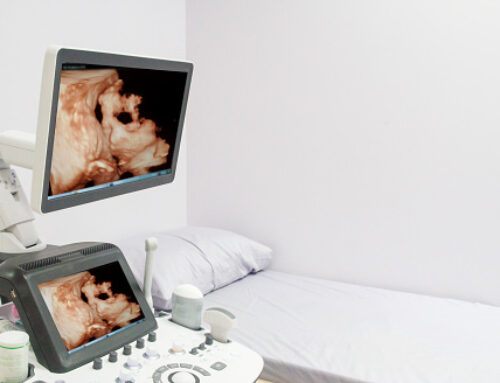If you are pregnant and considering a 3D ultrasound, you may be wondering when the best time to get one is. A 3D ultrasound can provide a more detailed view of your growing baby than a traditional 2D ultrasound, and many parents find it to be an exciting way to bond with their unborn child.
The timing of your 3D ultrasound will depend on a few factors, including the purpose of the ultrasound, the quality of the images you want, and the recommendation of your healthcare provider.
Here are some guidelines to help you determine the best time to get a 3D ultrasound:
Between 26 and 32 Weeks of Pregnancy For most women, the best time to get a 3D ultrasound is between 26 and 32 weeks of pregnancy. At this stage, your baby has developed enough fat under their skin to create a more defined 3D image, but they haven’t yet descended into your pelvis. This means they still have enough room to move around and provide clear images.

Between 18 and 24 Weeks of Pregnancy If you’re looking to get an early glimpse of your baby’s features, you can opt for a 3D ultrasound between 18 and 24 weeks of pregnancy. At this stage, your baby’s facial features are more developed, and you can see details like their nose, mouth, and eyes.
However, keep in mind that the images may not be as clear as they would be later in pregnancy, and your baby may not be in an ideal position for imaging.
After 32 Weeks of Pregnancy If you wait until after 32 weeks of pregnancy to get a 3D ultrasound, you may be able to see even more details, such as your baby’s hair or eyelashes. However, as your baby descends into your pelvis and prepares for birth, it may be more difficult to get clear images.
Your healthcare provider may recommend it later in pregnancy if they need to check on your baby’s growth or position, or if there are any concerns about your pregnancy.
Ultimately, the best time to get a 3D ultrasound will depend on your personal preferences and your healthcare provider’s recommendations. Be sure to talk to your provider about any concerns or questions you have about the timing of your ultrasound.





